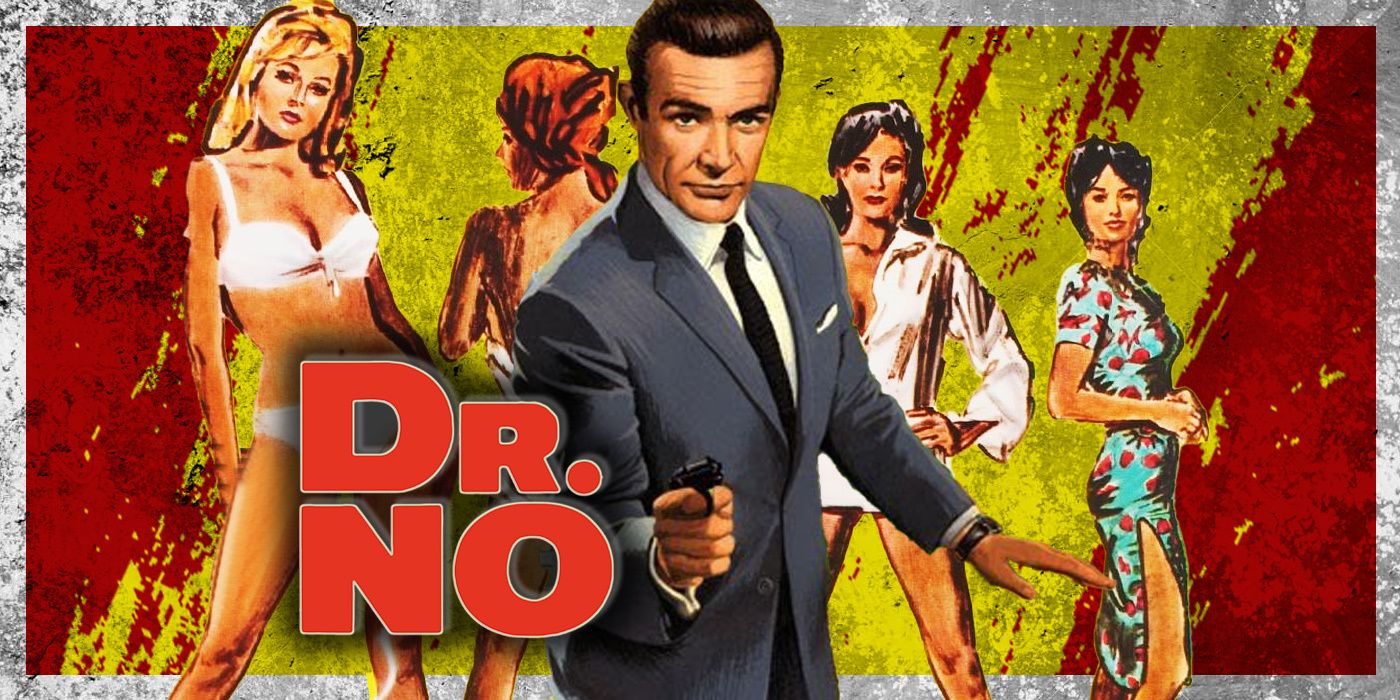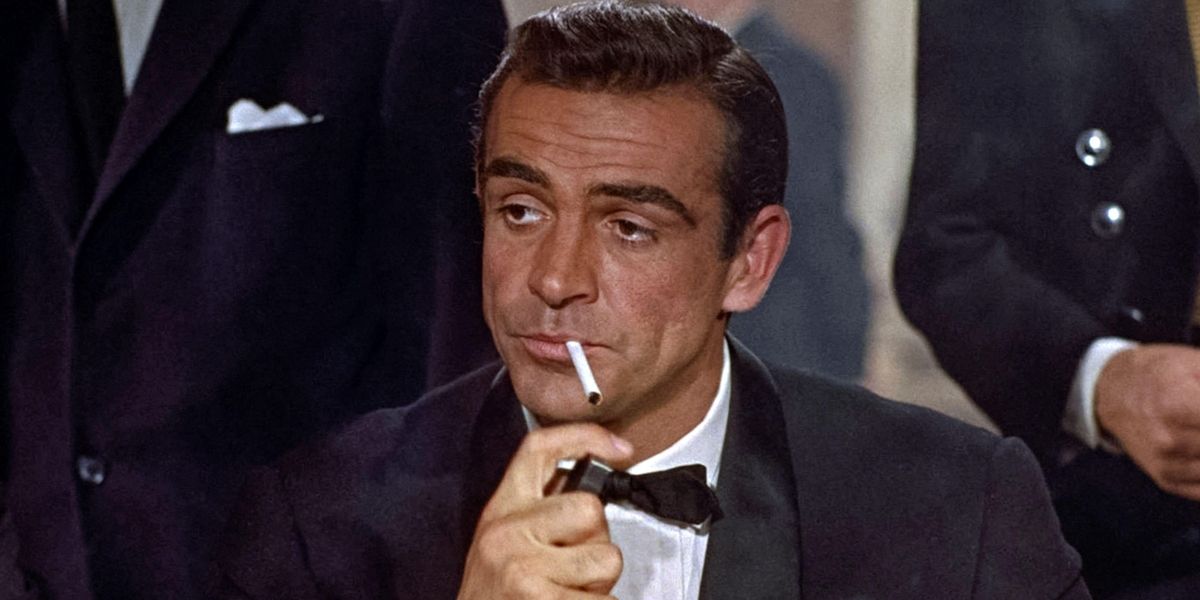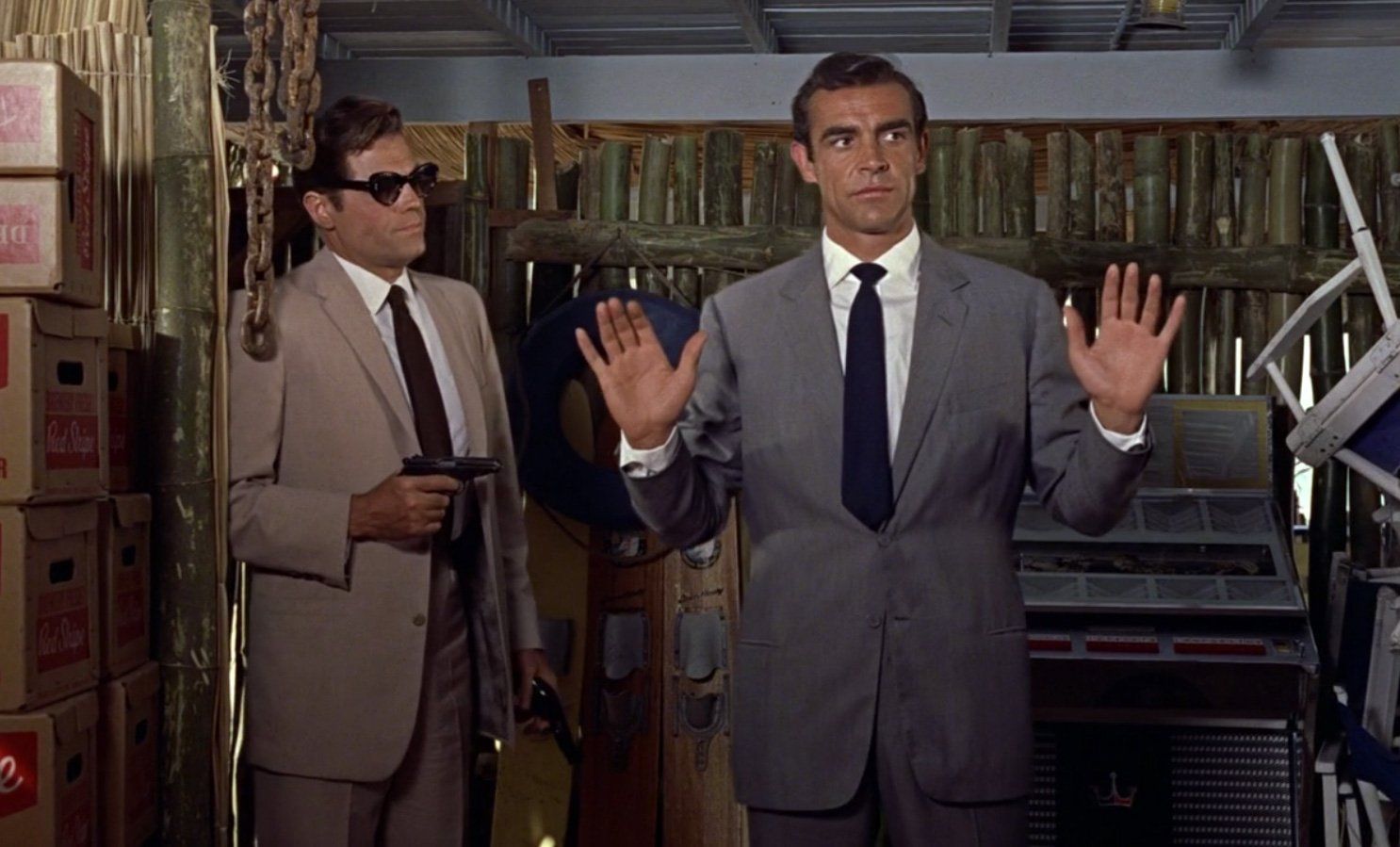The James Bond franchise is once again in a period of transition. After a two-year release-date delay for Daniel Craig’s final appearance as 007 due to production setbacks and the impact of COVID-19, No Time To Die finally hit theaters after longtime franchise producer Barbra Broccoli refused to release the new film on a day-and-date streaming window. No Time To Die weathered through the odds and proved that six decades later, audiences were still interested in showing up to see their favorite MI6 agent. Craig’s swan song paved the way for an exciting new era for the franchise in which a new actor would be selected for the role, and Bond would have a new home as MGM sold to Amazon.
Craig, like all the Bonds that came before him, reinvented the role in a way that spoke to viewers of his generation. The franchise has existed for so long that it's been able to lampoon, improve, and examine its own archetypal elements many times over. Certain films in the series have become foundational texts in helping to redefine the era: Skyfall merged two eras of the series. Casino Royale gave Bond a proper origin story. Goldeneye brought Bond into the modern era. The Spy Who Loved Me is the ultimate Bond love story. On Her Majesty’s Secret Service is the original tragedy of the series. Meanwhile, two of the earliest Bond films starring the original 007, the late great Sean Connery, continue to stand out in the franchise. 1963’s From Russia With Love is a distinctive Cold War era thriller, and one that showed the mix of wit, romanticism, and brutality that made Bond such an interesting character. And, if From Russia With Love defined the character of Bond, it was the next film, Goldfinger, that set the precedent for the series itself. The 1964 third installment introduced several recurring elements of the series with its eccentric “big bad,” cool gadgets, clever puns, and extensive locations.
Compared to those two genuine classics, the first appearance of both Connery and the character himself in 1962’s Dr. No is considered to almost be an afterthought. It's the film that showed Bond could work on the big screen and introduced the world, but, at a glance, it just doesn’t have the same cultural legacy. However, if you look a little deeper, Dr. No is both an integral and subversive entry within the series. Connery's Bond didn't arrive as a rough draft of a character; he was fully fleshed out from the very beginning.
Famously, Dr. No is not the first installment in Ian Fleming’s novel series, as fans would have to wait for over 40 years to see the gritty origin tale in Casino Royale (or only half a decade for the unofficial parody film Casino Royale starring David Niven). The sixth entry in Fleming’s novel series was not necessarily the most famous; part of the reason production of the series was kicked into high gear was the endorsement by U.S. President John F. Kennedy of the fifth novel From Russia With Love. Director Terrence Young made an active choice to pick an adventure that felt modern and attuned to current political issues, where audiences would be thrust into the middle of a chaotic story without a clear grasp on the universe yet.
It was a brilliant choice; the anxieties about a nuclear strike were something viewers could relate to, and it was an effective way to introduce Bond without taking the laborious time to explain the inner workings of MI6 in a straightforward origin story. Amidst a threat that could literally devastate the entire world, the only hero equipped to face the crisis is a slick, sexy spy in the middle of a vacation. While he’s not yet the double-entendre speaking charmer, Connery’s first take at Bond was still a significant difference from any espionage movie hero that audiences had seen before. He worked for the government, but he didn’t boast of his patriotism or lecture the viewer about duty.
Connery certainly leaned into the idiosyncratic humor of Bond early on, but the stakes in Dr. No are very real. Like Casino Royale, it opens with a gripping murder that sets the stakes. Station Chief of MI6 John Strangways (Timothy Moxon) is brutally killed by assassins that viewers don’t know are connected to SPECTRE yet. It put Bond in a position where the audience actually had to question whether he was up to the task, and that sense of legitimate danger is present throughout.
Bond’s arrival in Jamaica allows the film to catch its breath, as he luxuriates and seemingly takes the time to enjoy his vacation. This provided some surprising insights about the character, as at first he seems utterly unequipped to face the danger. It’s slowly through Bond’s investigation that we learn that he’s more than meets the eye. Bond’s ability to research the rocket facility on Cape Canaveral under the guise of curiosity, showed that this charisma was an asset and not a distraction. Bond’s ruthlessness is also apparent; he may be a handsome guy, but he’s not too much of a gentleman to defend himself.
Perhaps one of the reasons Dr. No isn’t considered to be on the same level as the later installments is because, comparatively, it's a relatively straightforward story that’s mostly bound to a few locations. This again is an active choice. It’s a “man on a mission” story that puts Bond in an isolated environment, and a gorgeous island resort is the perfectly subversive location for a sinister nuclear plot. It’s not as extravagant as what the series would become, but the iconic shot of Ursula Andress’s emergence from the ocean as the first Bond girl Honey Ryder hinted at the extravagance of the tone in a more subtle way.
Just as the action was tight and brutal, the titular villain is relatively grim and non-eccentric. Dr. Julius No (Joseph Wiseman) is a radical nuclear extremist, and while he’s part of the SPECTRE network, his foundational fascism was something audiences in 1962 may have actually been fearful of. This was a brilliant choice for a first antagonist; you needed a genuinely evil, serious character to bounce off of Bond and show his heroism and humor. It wouldn’t make sense to start off the series with a villain like Auric Goldfinger or Ernst Stavro Blofeld, who were just as scenery-chewing as Bond was himself. Dr. No is actually scary, but Wiseman still leans into a bit of theatricality in order to not make things too grim.
Dr. No still plays as a great movie on its own, like all the best films in the franchise do. It’s a fun mystery that wasn’t trying to set a template, but rather to do something interesting with an adaptation. The series would later be criticized for each entry feeling overly similar, so it's fascinating how the first three films each take a slightly different subgenre. Goldfinger is the epic blockbuster, From Russia With Love is a romantic thriller, and Dr. No is an investigative mystery. Beyond being a fundamental Bond movie, Dr. No is still great entertainment six decades after its release. There aren’t a lot of movies, Bond or otherwise, that can say the same thing.



